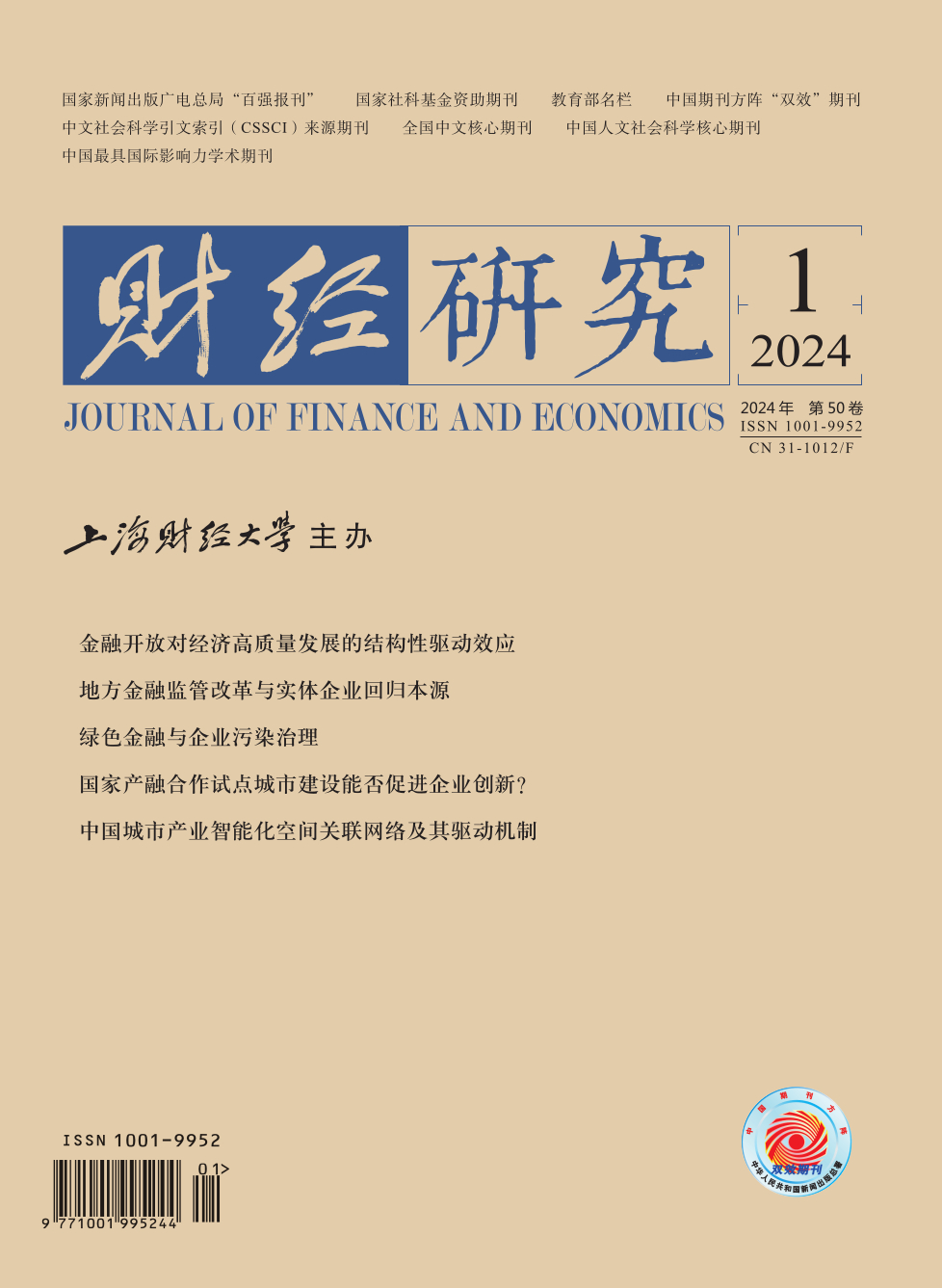Industrial intelligence is an intelligent economic development mode driven by AI, which is of great significance for overcoming the regional economic “polarization trap” and achieving the high-quality development of China’s economy. The existing research mainly focuses on the impact of industrial intelligence on various aspects of economic and social development, while neglecting the driving mechanisms of the spatial associate network of industrial intelligence, and the differences in the contribution of different factors to industrial intelligence.
This paper constructs an urban industrial intelligence index based on data from 283 prefecture-level cities in China from 2003 to 2019 and enterprise microdata obtained by web crawlers, and explores the driving mechanisms of the spatial association network of industrial intelligence through the ERGM model. The results are as follows: First, the spatial association intensity of industrial intelligence continues to increase during the sample period, but the overall level is low along with a large room for improvement; most of the cities are located at the edge of the network and mainly rely on the urban agglomeration to exert a radiation-driven effect on the industrial intelligence of peripheral cities. Second, the XGBoost algorithm demonstrates that technological innovation, industrial structure upgrading, and opening up are the core factors affecting industrial intelligence, with a cumulative contribution rate of 92.72%. Third, technological innovation, industrial structure upgrading, and opening up contribute to enhancing intercity cooperation in industrial intelligence. Heterogeneity analysis reveals that industrial structure upgrading mainly drives the formation of a close spatial association network of industrial intelligence among peripheral cities and highly industrial intelligent cities, while technological innovation and opening up have a limited driving effect on it.
The marginal contributions of this paper are as follows: First, from the perspective of spatial association, it analyzes the characteristics of the spatial association network of industrial intelligence and discusses the driving mechanisms of industrial intelligence, making up for the shortage of the existing research. Second, in terms of research content, it combines city data with enterprise microdata to build a multidimensional index system of urban industrial intelligence, more accurately portraying the development level of industrial intelligence; and it uses the machine learning method to identify the importance of various influencing factors in industrial intelligence, and employs the ERGM model to examine the impact of core driving factors on the spatial association network of industrial intelligence. Third, in terms of research methodology, it introduces the XGBoost algorithm into the empirical research on industrial intelligence, and provides a research approach for accurately identifying the core driving factors of industrial intelligence with the powerful computing and solving capabilities of machine learning.





 4630
4630  5759
5759

